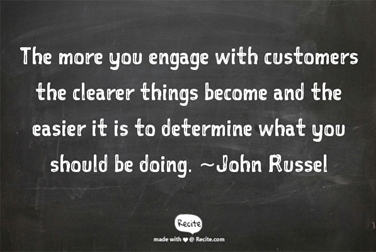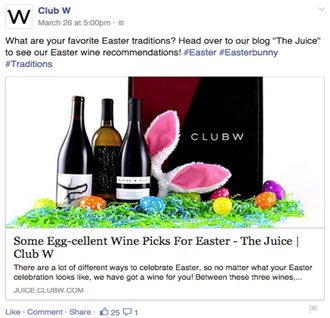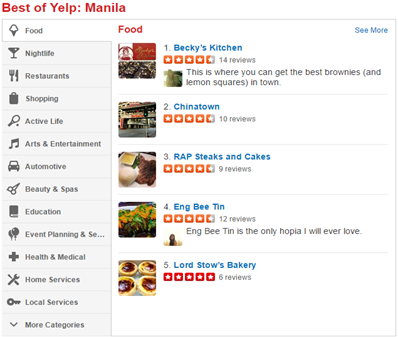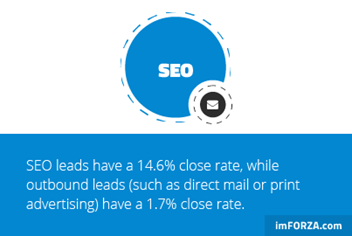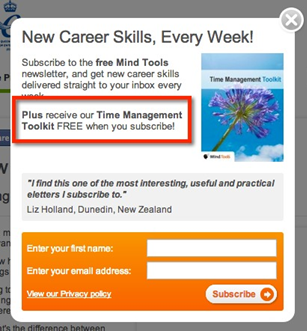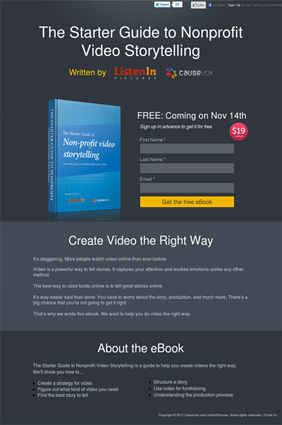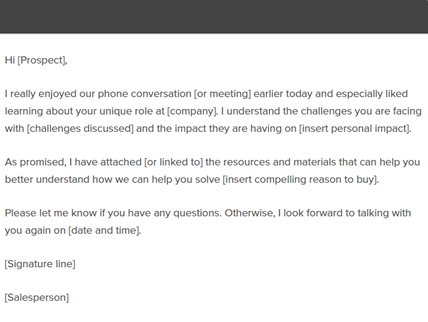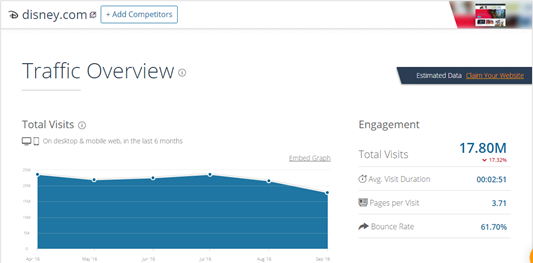
Having an effective marketing funnel will not only help you increase your lead to sales conversion, it also boosts your brand identity to your followings even if they didn’t purchase your product or service right away.
Compared to traditional outbound marketing model where you’re just like a sitting duck waiting for your customers to walk into your doorstep, an effective marketing funnel enables you to engage with your audience right after they heard or see your brand in almost every channel available.
In today’s digital age where smartphones, tablets, social media and digital marketing rule the internet, there are a lot of potential for you to tap your customer’s buyer’s journey all through the help of the marketing funnel. Check our checklist below to see the basic tools, tactic, and steps you need to know when creating your very own marketing funnel.
Involve Your Customers in Planning Your Funnel
Listening to your customer’s ideas on how they want you to approach them in every marketing funnel’s stages ensure an efficient and agreeable buyer’s journey for your customers. Here are the steps to engage with them during your marketing funnel planning:
- Collaborate with them- Ask your target audience for any ideas that you want them to see in your marketing design. You can do this by persuading them to answer online feedback forms or encourage them to share how they first encounter your brand.
- Tinkering- Ask them for some advice on modifications to your buying cycle. Invite them for some open discussions through email.
- Trial- Let them evaluate your proposed marketing funnel, then ask if your design suits to their needs.
Image Source: Recite
Focus on Your Customer’s Pain Points
Understandably, your customer won’t bother asking for additional information about your product if it doesn’t answer their needs. A customer-centric approach in business is the secret to driving sales conversion in your marketing funnel.
You must get their personal insights or questions not only about your product but to your whole industry as well, offering them valuable content that they need to answer those questions subsequently to help them arrive at the purchase decision stage immediately.
To know your customer’s pain points:
- Use tools like Google Keyword Planner. By entering related keywords/phrases related to your business, Google will deliver keyword ideas based on what people are asking/ discussing about your product.
Google Keyword Planner
Source: Backlinko
- Join to “question and answer” sites like Quora and Stack Exchange. You can search Quora to find popular questions about your industry.
Example of a Quora Discussion
- Read forums, discussion list, and blogs related to your business to discover pain points among your target audience.
Choose Your Source of Traffic
Modern marketing funnel suggests that you can drive traffic to your website at every stage possible. However, it is more important to drive targeted traffic that converts. Here are some of the best places to get targeted traffic:
- Paid Ads from Facebook, Twitter, LinkedIn, Google AdWords, YouTube, Influencer Marketing, and Outbrain (Content Amplification Network)
Sample of Facebook Ad
Source: HubSpot
- Signing up to local directories and business listings such as Google My Business, Yelp, Yahoo & Bing, YellowPages, Trip Advisor.
Yelp Results Showing Restaurants Based on User’s Location
- Through SEO and Content Marketing: Blogging, Video Tutorials, Infographics, Interviews, Research, Podcast
SEO Leads Have a Higher Close Rate Than Outbound Leads
Source: imFORZA
- Through Social Media sites like Facebook, Twitter, Instagram, and Snapchat
- Blog Commenting
- News/Media/ PR
Create Lead Magnet: Exclusive Free Offer/ Gift to Your Visitors
Once you capture the attention of your audience, offer them a free yet a high-value product that they can avail in exchange for giving some personal information like name, birthday, and email address.
Take the following steps in creating marketing offers for your visitors:
- Offer valuable contents: EBooks, Guides, Webinars, Slideshows, Kits, Industry Case Studies, Latest Industry Research, Templates, Free Tools, Trial Subscription, Product Demos, Free Consultations, Coupons.
- Make sure that your free product aligns with the whole concept of your whole product/service offering, not on how great your product/service is.
- Create several offers for each prospect on different stages of the funnel. Giving them enough information at the right time will bring them closer to the purchasing decision.
Example of a Lead Magnet
Source: Digital Marketer
Create Lead Generation Landing Page
A Lead generation landing page is any web page that appears when a visitor clicks on a search result or a paid ad. This aims to collect information that will allow you to market to and to connect with your prospect right away.
- Make sure that all landing page’s content– copy, images, and conversion form- are all strategically positioned on the page.
- Your headline should match your copy and uses actionable, value-driven words
- Use image/s that shows what your visitors will get from filling out the form.
- Make a concise description of your form; customize the submit button.
- Make sure that your landing page is mobile-friendly.
- Set-up a thank you page or autoresponder emails after a visitor has successfully filled out the form.
Example of a Landing Page
Source: Unbounce
Create a Compelling Email Follow-Up Message
To further push down those leads into the sales funnel, you must write a compelling email follow-up message to reinforce the developing relationship between your business and your prospects. Here are some of the tips to create the most effective follow-up email:
- Know Your Objective- Be it acquiring customer information, requesting a meeting, catching up, or just to say thank you, being clear about your objective will save both time and effort along the process.
- Open Your Email with Context- You should help your prospect remember your brand by re-emphasizing your initial interaction with them.
- State Your Purpose Clearly- It only takes a long email for your prospect to leave your message immediately. It should be short and specific, but not too
- Craft a Compelling Subject Line- Using concrete words and numbers gives your prospect a solid idea of how much value he/she can get from your offer. You can also use words that denotes urgency such as “tomorrow”.
Example of a Follow Up Email
Source: HubSpot
Create a Return Path
There will always be people who will say “no” to your product at every stage of the funnel. To bring them back into your funnel, you should establish strategic touch points with them around the internet.
Here are some examples of return paths that you can create to bring those people back:
- Retargeting Ads- Relevant Ads that follows someone around the internet after they leave your site.
- Automated Email Series- You can send this to educate your further educate your leads about your product, understand their problems, and introduce your solution.
- Social Media- Keeping in touch with them on social media allows you to communicate with them on a much different level
- Content Marketing – Your greatest weapon to attract your audience again is through a cleverly written content.
- Loyalty Programs- You may need to retool your loyalty program to convince your customer to stay with your brand.
Example of Retargeting Ad from BestBuy
Source: WordStream
Track Metrics for Each Stages
You wouldn’t know how effective your marketing funnel is without tracking your metrics. Measuring metrics allows you to evaluate and control the areas of your marketing funnel that needs more improvement or total revamping.
Here are some of the key metrics in different stages and how you should observe.
- Awareness Stage- The primary KPI that you have to measure is the website visitors. Other supporting metrics are inbound links, referral visits, media mentions, new and returning visitors. You can measure this using Alexa, SimilarWeb or Google Analytics.
SimilarWeb Showing the Total Visits of Disney.com Site
- Lead Generation Stage- The primary KPI to be observed here is the number of total leads acquired. This, along with other supporting metrics like gated downloads, lead source, cost per lead, lead quality score, and lead-to-prospect ratio, can be aggregated using marketing software like HubSpot.
- Sales Stage: The primary KPI to be measured here is the number of your customers.
- Loyalty Stage: You have to measure the recurring revenue that your repeat customers bring to your business. Other metrics to observe are churn rate, retention rate, and customer lifetime value.
Now that you know the checklist of the basic things you should have in your marketing funnel, you can now start molding your very own funnel that you can use to attract, convert and retain customers. Just be consistent and sincere with your marketing efforts in every stage and we guarantee that heap of prospects will arrive at purchase decision and only a fraction of your prospects will bounce out of your funnel.
Jomer B. Gregorio is a well-rounded expert when it comes digital marketing. Jomer is also known as a semantic SEO evangelist and practitioner. Check out our Digital Marketing Services today and let us help you in achieving positive and profitable results for your business.

